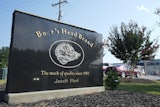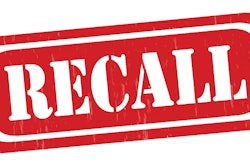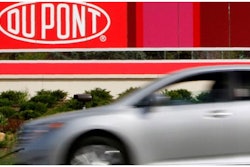Grainger, the leading broad line supplier of maintenance, repair and operating (MRO) products serving businesses and institutions, released its list of the “Top 10 Asked Safety Questions for 2016.”
This is the second year in a row for this Top 10 list, which is based on more than 120,000 customer questions fielded by Grainger technical product specialists throughout the year.
(This is part one of a two part series. Read part two tomorrow.)
1) Can you explain the different classes and types of first aid kits under the revised American National Standards Institute (ANSI)/International Safety Equipment Association (ISEA) standard?
The revised standards are pretty simple. First, there are two classes:
- A. Class A kits are designed to handle the most common types of workplace injuries (think papercuts in the office)
- B. Class B kits are designed to handle injuries in high-risk and more complex environments (think exposure to chemicals, high/low temperatures, and moving parts)
Then, there are four types of kits, which help designate the portability and durability of the kit:
2. What is the difference between a 2-way and a 3-way confined space retrieval winch?
This one is easier than it sounds: 2-way winches are designed to continuously lower and raise equipment and personnel in and out of enclosed spaces.
3-way winches are designed with a specific purpose in mind: personal safety. While a 3-way winch can help to raise and lower equipment and personnel, they’re designed to hoist incapacitated workers out of enclosed spaces. Also, 3-way winches are often equipped with automatic brakes that engage when users slip or fall.
3. What are the secondary container labeling requirements under the Globally Harmonized System of Classification and Labelling of Chemicals (GHS) standard?
While the standards for primary shipping containers have recently been updated, OSHA still accepts employer-created secondary labels. According to OSHA, these labels:
- Can use words, pictures, symbols, or a combination
- Provide information regarding the hazards of the chemicals
- Give employees specific information regarding the health hazards of the chemical
4. How do I determine what respirator size I need?
The only way to be sure your respirator is the right size is to perform an OSHA-approved test. But that isn’t very helpful if you’ve never bought a respirator before and are unsure what size to purchase.
Most respirators come in 3 sizes: small, medium, and large. By design, most people will fit into a medium-sized respirator. Unless the user is significantly larger or smaller than the norm, it’s likely they’ll fit into a medium.
5. What gloves are appropriate for protection from acid?
There’s no one-size-fits-all answer to this question. There are so many different kinds of acids in so many different concentrations and solutions that any one answer can’t cover all the bases.
To ensure you end up with the right protection for the right job, you should work directly with your personal protective equipment vendor and discuss the names of the chemicals, their components, and concentration levels before you make a purchase.
This article was originally posted on Grainger's The Safety Record.






















